"Counterpartis Aviation". Part 1
After the end of the Second World War, which radically changed the balance of power in the world, there was an increase in national liberation movements. The peoples of countries that for a long time were colonies of European powers, began the struggle for independence. In states that are not formally colonies, left-wing movements became more active, especially in Latin America.
In order to combat the armed groups of the opposition in order to maintain the existing order and prevent "communist expansion", the leadership of these countries actively used the armed forces, including Aviation.
At first, it was usually piston fighters and bombers of the Second World War period, which were supplied in considerable quantities by the United States and Great Britain to their allies as part of military assistance. These relatively simple aircraft were quite suitable for such tasks and were operated for a long time by the air forces of the Third World countries. So the American-made fighter F-51 Mustang took to the air as part of the Air Force of El Salvador to 1974 year.
In the course of the American aggression in Vietnam, it soon became clear that modern jet fighters and bombers created for the “big war” with the USSR correspond little to the realities of this conflict.
Of course, Stratoforthress, Phantoms and Thunderchiefs could destroy objects on the territory of the DRV, but their effectiveness in the Viet Cong squads in the jungle was extremely low.
Under these conditions, the old A-1 “Skyrader” piston attack aircraft and the Inveider A-26 bombers proved to be in great demand.
Due to the low flight speed, the presence of powerful weapons and a decent bomb load, they could act with high efficiency just a few dozen meters from the location of their troops. A fuel-efficient engines allowed for a long patrol in the air.
Skyraders showed high efficiency in providing direct support to ground forces, but were best known for participating in search and rescue operations.
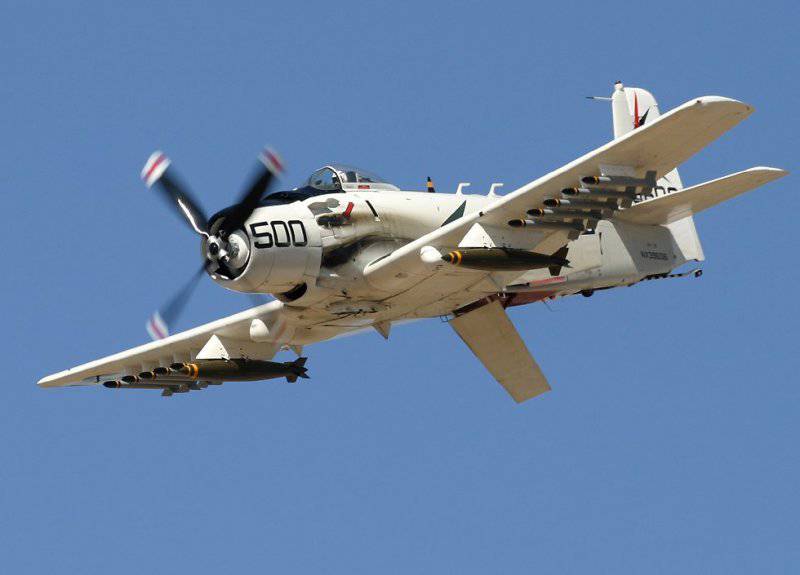
The low minimum speed and long time spent in the air allowed the A-1 attack aircraft to escort rescue helicopters, including over North Vietnam. Having reached the area where the downed pilot was located, the Skyraders began patrolling and, if necessary, suppressed the enemy’s anti-aircraft positions. In this role, they were used practically until the end of the war.
The twin-engine A-26 fought in Indochina before the start of the 70's, operating mainly at night against transport convoys on the Ho Chi Minh Trail and supporting advanced bases.
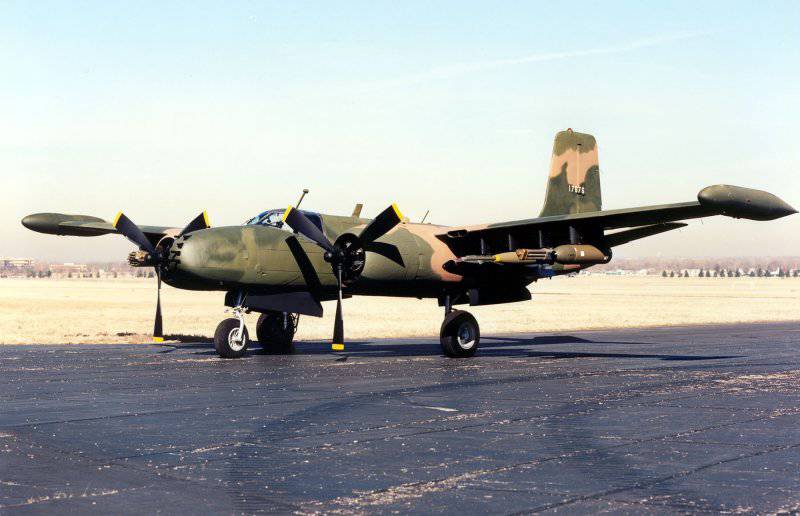
Taking into account the “night specifics”, the “Inveyders” installed new coherent and navigation equipment, as well as night vision devices. The rear defensive firing point was dismantled, instead, offensive weapons were reinforced.
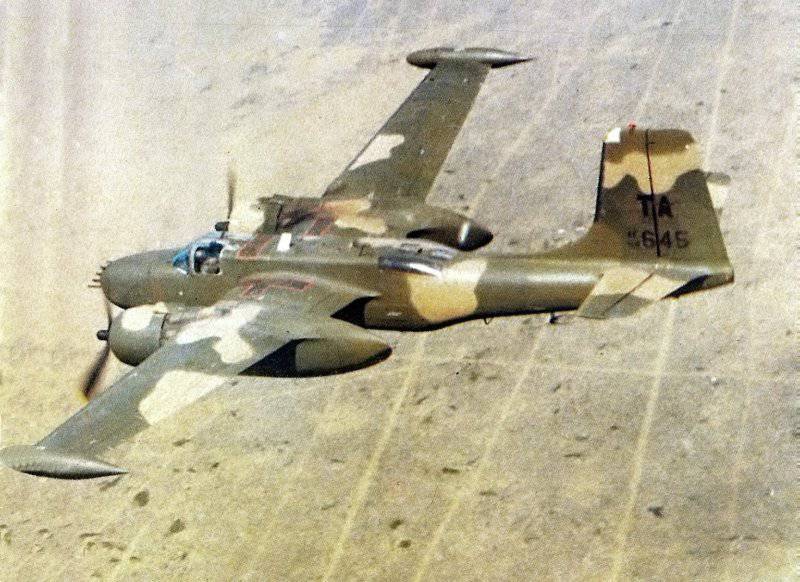
In addition to specialized percussion machines, the T-28 Troyan TCF was widely used. Taking into account the experience of hostilities, a lightweight AT-28D percussion with enhanced weaponry and armor protection was created.
The presence on board the "Troyan" second member of the crew not engaged in piloting predetermined the use of this aircraft as a reconnaissance spotter and coordinator of the actions of other attack aircraft during strikes.
At the initial stage of the war in Vietnam, the light O-170 Bird Dog, created on the basis of the civil “Cessna-1”, was used as a close intelligence officer and spotter. The aircraft was serially produced from 1948 to 1956 year.
This light aircraft could land and take off to unprepared grounds, for which he needed minimum distances to run and run. In addition to reconnaissance tasks, he was involved in evacuating the wounded, delivering reports and as a radio relay station.
Initially, O-1 Bird Dog was used over the line of contact with the enemy as unarmed, purely reconnaissance aircraft, but, given the frequent shelling from the ground, they began to hang launchers for unguided rockets. To designate targets on the ground, the pilots took incendiary phosphate grenades with them.
Without armor, low-speed O-1 and their crews suffered very serious losses. At the end of the 60-x, these aircraft were replaced in the American reconnaissance squadrons in Vietnam with more advanced aircraft. But as part of the Air Force of South Vietnam, they were actively used until the last days of the war.
The case of 29's April 1975 of the year from besieged Saigon, Major of the Air Forces of South Vietnam, Buang Lang, is widely known. Who uploaded his wife and five children in a double Cessna O-1 Bird Dog. Having a minimum fuel balance, having detected the Midway aircraft carrier at sea, the pilot dropped a note asking to clean the deck for landing. To do this, I had to push several UH-1 helicopters into the sea.
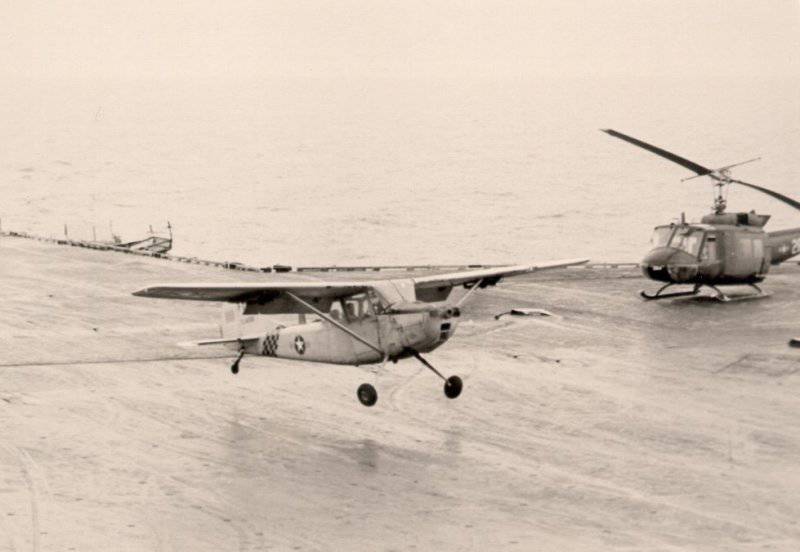
Currently, O-1 Bird Dog Major Boang Lang is on display at the National Museum of Naval Aviation in Pensacola, Florida.
To replace the O-1 Bird Dog by the American company Cessna, an reconnaissance and target designation aircraft O-337 Skymaster was developed on the basis of the Cessna Civil Aircraft Model 2 Super Skymaster. Mass production began in March 1967 of the year and ended in June 1970 of the year. Total was built 532 aircraft.
The O-2 Skymaster was a two-beam monoplane with a six-seater cabin, a high wing and a three-post retractable landing gear with a nose strut. It is equipped with two engines, one of which leads the nasal pulling screw, the second - the tail pushing. The advantage of this scheme is that in case of failure of one of the engines, there is no asymmetry of thrust and unfolding moment (what happens if the engines are located on the wings).
Underwing pylons for NUR, bombs, napalm tanks and rifle caliber machine guns were installed on the plane. O-2 was tasked with detecting the target, marking it with fire, and adjusting the fire to the target. Part of the aircraft from the loudspeakers installed on them was used for the purpose of psychological warfare.
O-2 Skymaster proved to be a good idea, compared with the predecessors of O-1 Bird Dog, they had a higher flight speed and more powerful weapons.
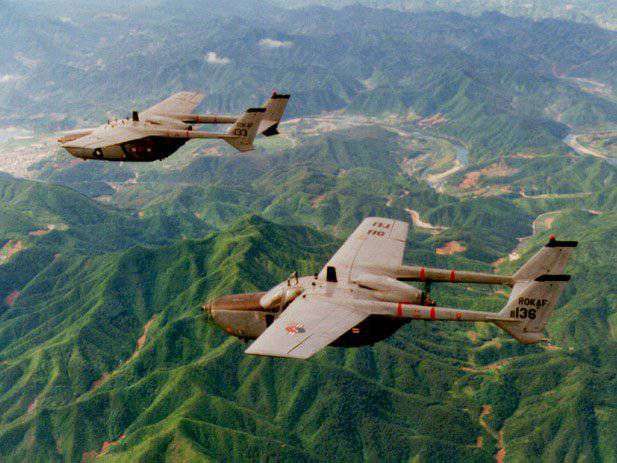
The presence of two engines on the plane made the flight safer. At the same time, the aircraft based on the civilian model was very vulnerable to shelling from the ground. Since the end of the 60-x air defense detachments "Viet Cong" significantly increased due to large-caliber machine guns DShK, ZGU installations and MANPADS "Strela-2".
However, O-2 Skymaster participated in hostilities before the end of the war and was in service with the United States until 1990. A significant number of these aircraft were transferred to the Allies.
Another aircraft of a similar purpose that took part in the hostilities in Vietnam was created by Grumman, taking into account the operating experience of reconnaissance spotters - OV-1 Mohawk.
Its development began after the end of the Korean War. The armed forces needed a well-protected, double, twin-engine turboprop instrumental reconnaissance aircraft, equipped with the most modern reconnaissance equipment, with the possibility of shortened takeoff and landing.
The aircraft received the official designation OV-1 "Mohawk" in accordance with the tradition of assigning the names of Indian tribes to aircraft of the US Army. In total, 1959 to 1970 year was built 380 aircraft.
The appearance of "Mohawk" identified three basic requirements: providing a good overview, high security of the crew and basic systems, good take-off and landing characteristics.
"Mohawk" was completed with four underwing pylons, allowing to apply a wide range of weapons, weighing up to 1678 kg.
In 1962, the first Mohawk OV-1 arrived in Vietnam, and a year later, the results of combat tests were summarized, showing that Mohawk was excellent for counterguerrilla operations. High speed, low noise and modern photographic equipment contributed to the successful implementation of reconnaissance flights. The maximum number of Mohawks simultaneously deployed in Vietnam reached 80 units, and they were used mainly over the territory of South Vietnam, without crossing the demarcation line. Suspended containers with side-looking radar and infrared sensors made it possible to uncover non-observable targets, greatly increasing the effectiveness of intelligence.
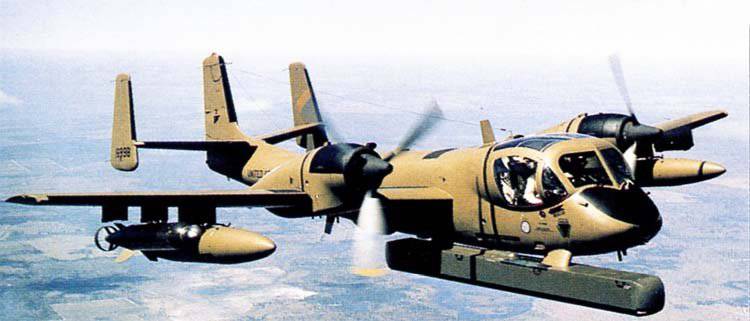
Intensive use of "Mohawks" in Vietnam led to quite high losses. All Americans lost in Indochina 63-x OV-1.
Unlike other types of aircraft, the Mohawks were not handed over to the South Vietnamese, remaining in service with only American squadrons. In the US armed forces, these aircraft were operated until the 1996 year, including in the version of radio intelligence.
Back at the start of the 60, the Pentagon announced a competition within the COIN program (Counter-Insurgency-anti-guerrilla) to develop an aircraft for use in limited military conflicts. The task involved the creation of a two-engine twin-engined aircraft with a shortened take-off and landing, capable of being operated both from aircraft carriers and from improvised unpaved platforms. Especially low cost and security of the machine from the fire of small rifle weapons.
The main tasks identified the attack on ground targets, direct aviation support of their troops, reconnaissance, escort helicopters. It was planned to use the aircraft for advanced observation and guidance.
The winner of the competition in August 1964-th recognized the project of the company "North American". According to test results, the 1966-m aircraft entered service with the US Air Force and Marine Corps. In the armed forces, the aircraft received the designation OV-10A and its own name "Bronco". Total for the US armed forces was built 271 aircraft. Serial production of the aircraft was completed in the 1976 year.
Rifle armament includes four machine guns M60 caliber 7,62-mm, mounted in containers. The choice of infantry, rather than aircraft machine guns, due to the desire to avoid problems with the replenishment of ammunition in the field. On 7, suspension assemblies could be located: suspended containers with cannons, rockets, bombs and incendiary tanks with a total weight of up to 1600 kg.
The main operator of the Bronco in Southeast Asia was the Marine Corps. A number of aircraft used by the army.
ОV-10 showed very high efficiency in combat operations, it favorably differed from its predecessors by booking, survivability, speed and armament. The plane had good maneuverability, excellent visibility from the cockpit, it was almost impossible to knock it out of small arms. In addition, the OV-10 had a very short call response time.
For a long time, the Bronco was a kind of benchmark for a light anti-guerrilla attack aircraft. As part of the Air Force of other countries participated in anti-insurgency operations and military coups.
- Venezuela: participation in an attempted military coup in 1992, while a quarter of the OV-10 air fleet of the Venezuelan Air Force was lost.
- Indonesia: against partisans in East Timor.
- Colombia: participation in the local civil war.
- Morocco: against the partisans of POLISARIO in Western Sahara.
- Thailand: in the border conflict with Laos, and against local partisans.
- Philippines: participation in an attempted military coup in the 1987 year, as well as in anti-terrorist operations on Mindanao.
In the US, the OV-10 was finally retired in 1994. Some of the decommissioned aircraft were used by government anti-narcotics organizations and in fire aviation.
In Vietnam's 1967, the American lightweight double attack aircraft A-37 Dragonfly “debuted”. It was developed by Cessna based on T-37.
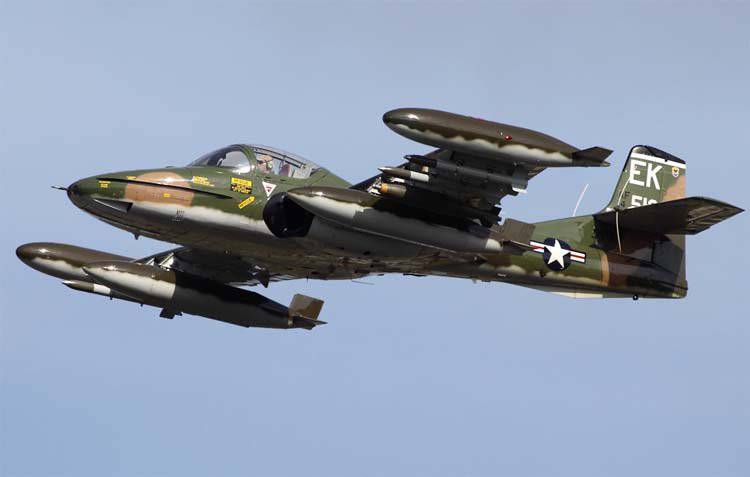
The design of the A-37 returned to the idea of the attack aircraft as a well-armored aircraft with direct support from the troops, which subsequently developed during the development of the Su-25 and A-10 attack aircraft.
However, the first modification of the A-37A attack aircraft had insufficient protection, which was significantly strengthened on the next model A-37B. Over the years production from 1963 to 1975, the 577 stormtroopers were built.
The design of the A-37B differed from the first model in that the airframe was designed for 9-multiple overloads, the capacity of internal fuel tanks was significantly increased, the aircraft could carry four additional tanks with a total capacity of 1516 liters, and equipment for air refueling was installed. The power plant consisted of two General Electric J85-GE-17A turbojet engines with a weight increased to 2,850 kg (12.7 kN) each. The aircraft was equipped with a GAU-7,62B / A Minigun 2-machine-gun in the bow with easy access and eight underwing nodes of the outer suspension, designed for various types of weapons with a total weight of 2268 kg. To protect the crew of two people around the cab was installed armored protection from multi-layered nylon. Fuel tanks were protected. Coherent, navigation and sighting equipment was improved.
Lightweight and relatively cheap "Dragonfly" perfectly manifested itself as an aircraft of direct aviation support, combining high precision strikes, with resistance to combat damage.
There were practically no losses from small arms fire. Most of the 22 A-37 shot down in Southeast Asia were hit by heavy anti-aircraft machine guns and MANPADS.
After the capitulation of Saigon 95 A-37 of the South Vietnamese Air Force, the winners got it. As part of the DRV Air Force, they were operated until the end of the 80-x. In the spring of 1976, one of the A-37В aircraft captured in Vietnam was brought to study in the USSR, where, after many-sided tests, it was highly appreciated.
In the US, the Dragonfly in the OA-37B version was operated until the 1994 year.
The aircraft were in service with a number of countries in Asia and Latin America, where they were actively used in internal dismantling. In some places, A-37 are still in the air.
Based on:
http://www.cc.gatech.edu/~tpilsch/AirOps/O2.html
http://www.arms-expo.ru/055057052124050055049051055.html
http://airspot.ru/catalogue/aircrafts/type/
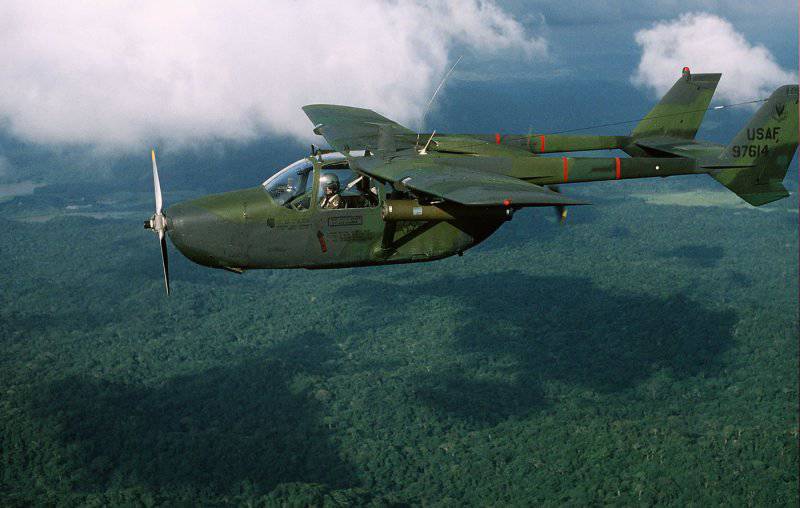
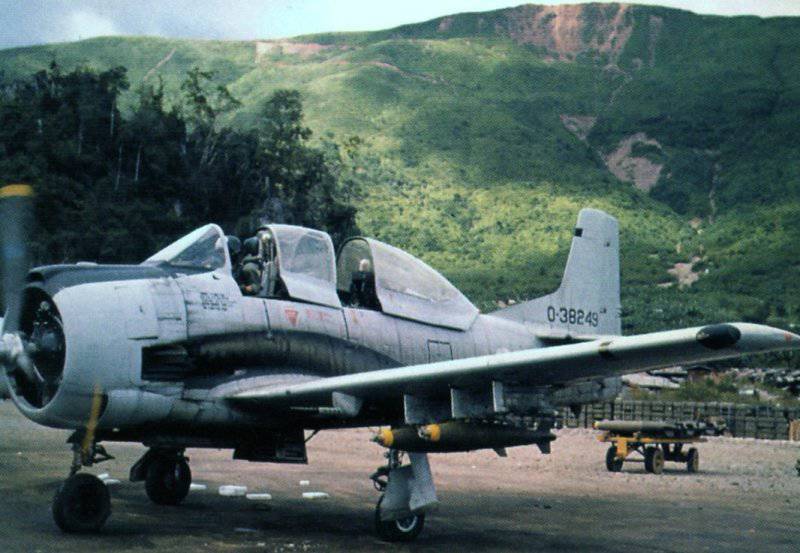
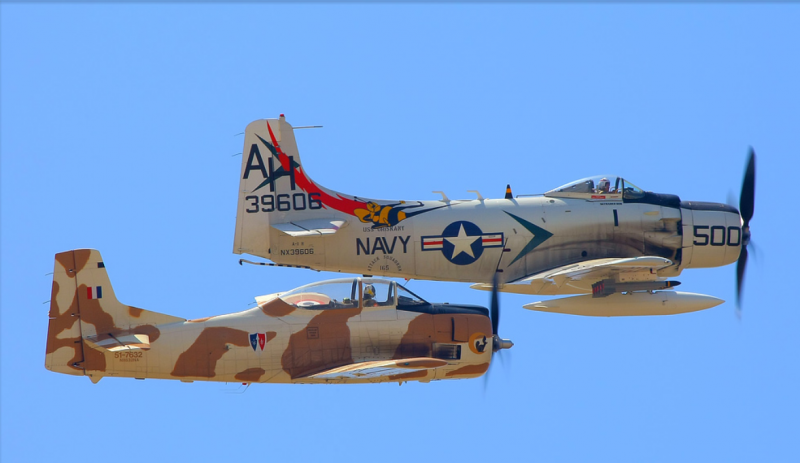
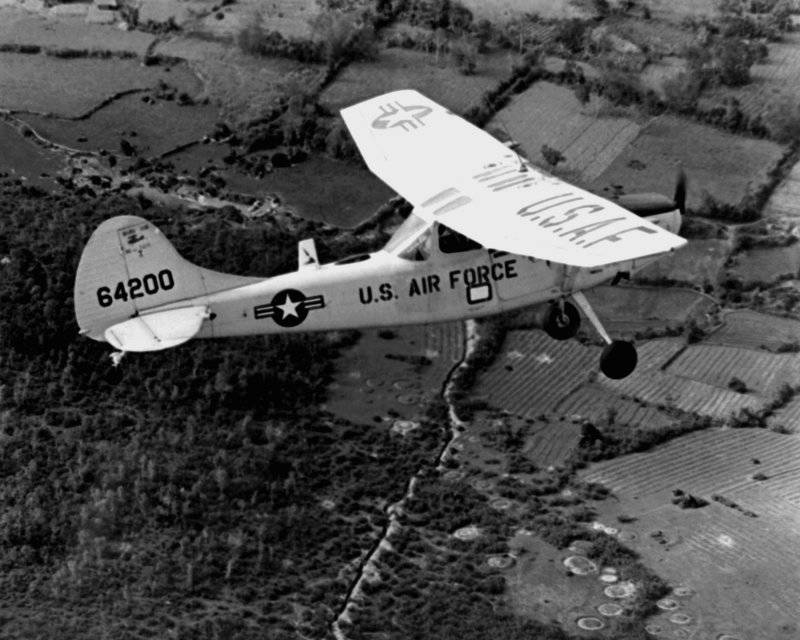
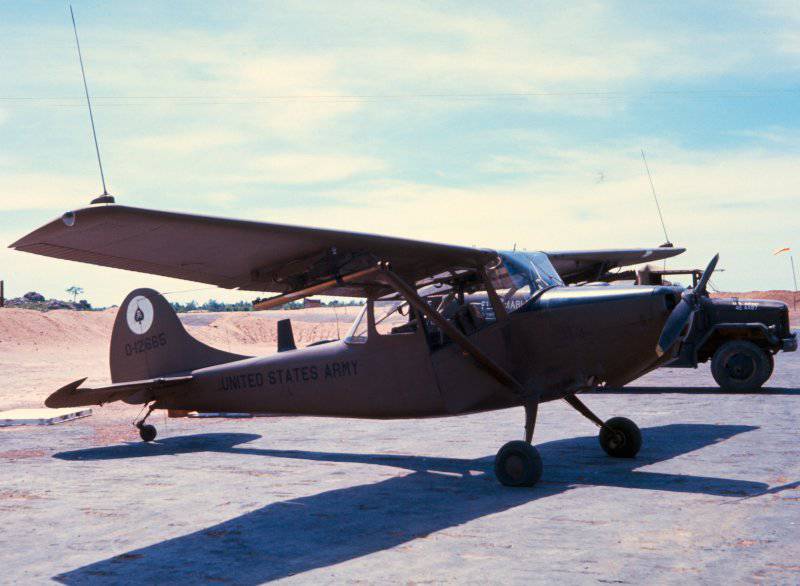
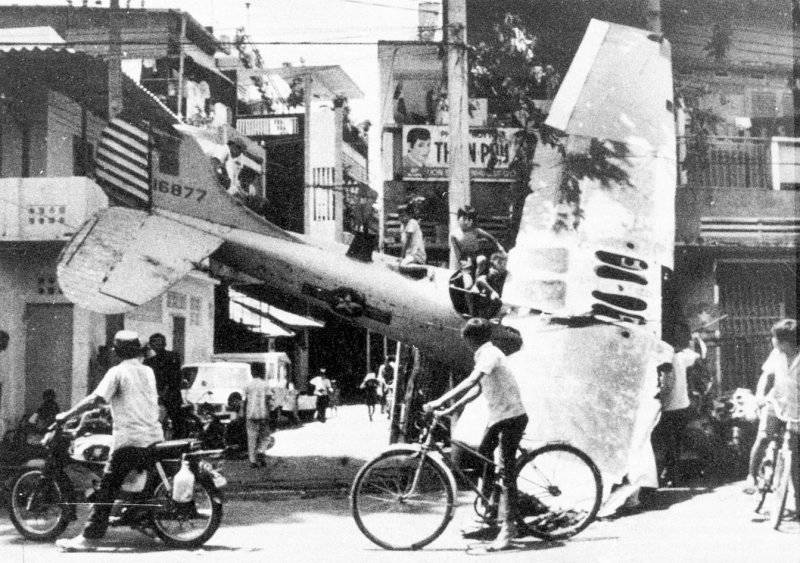
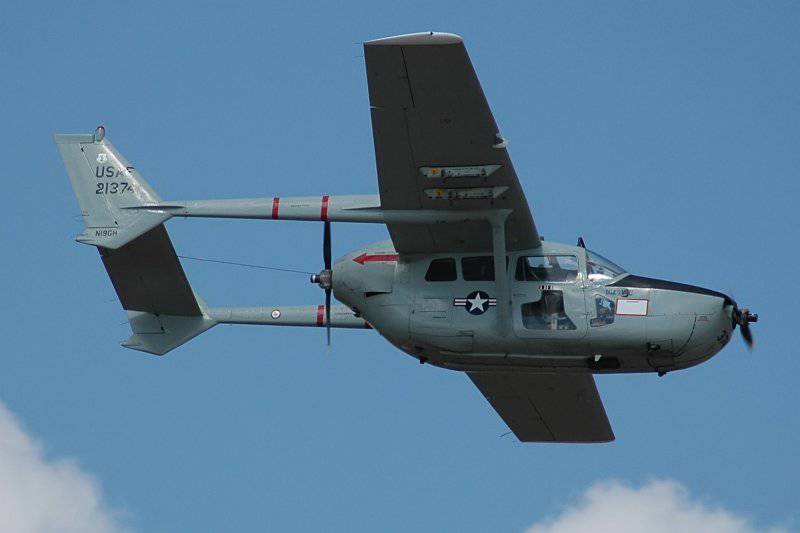
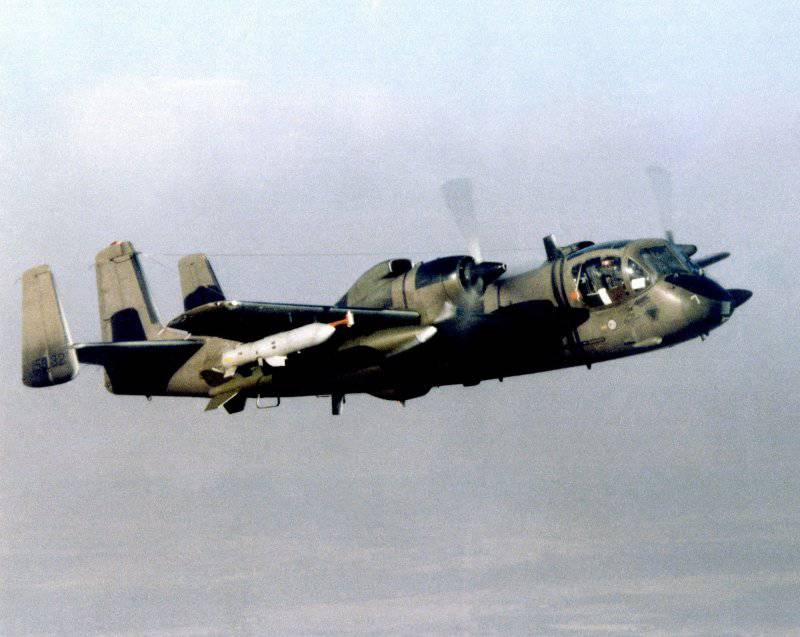
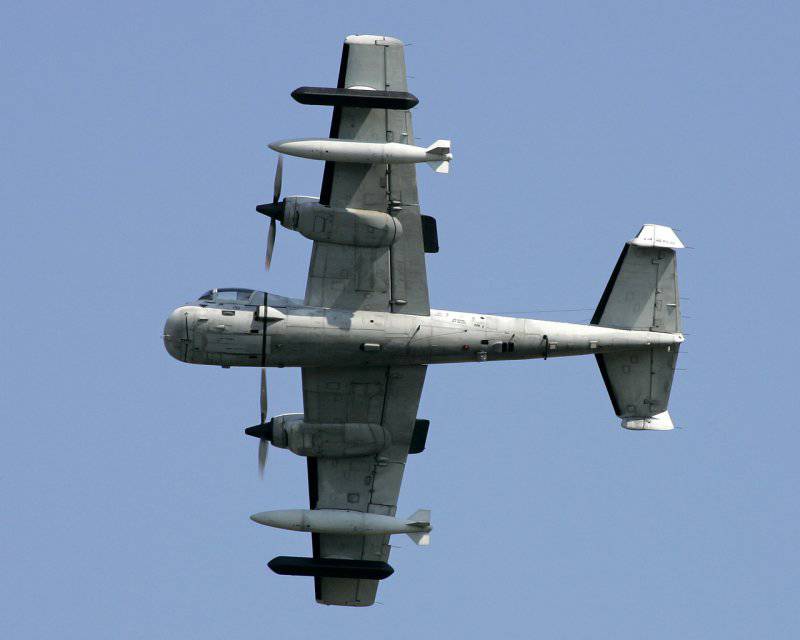
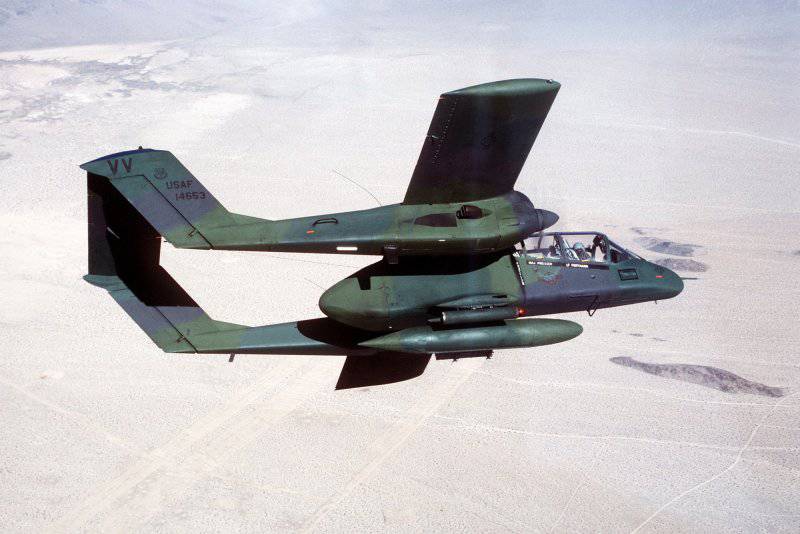
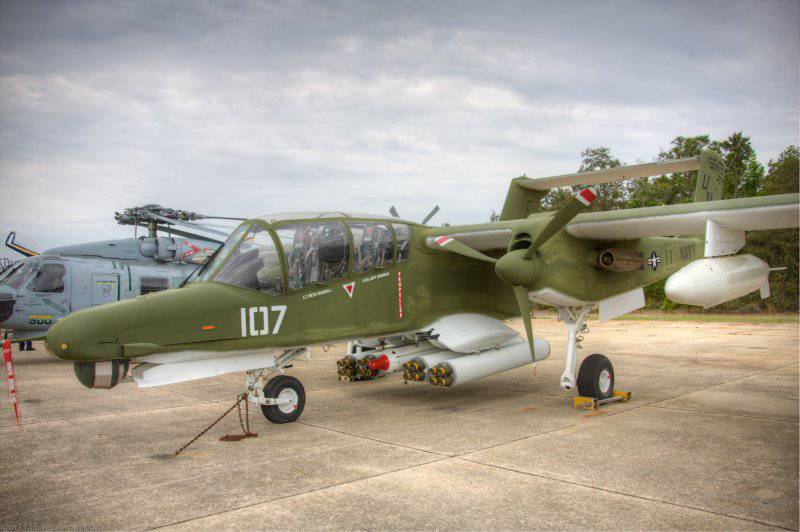
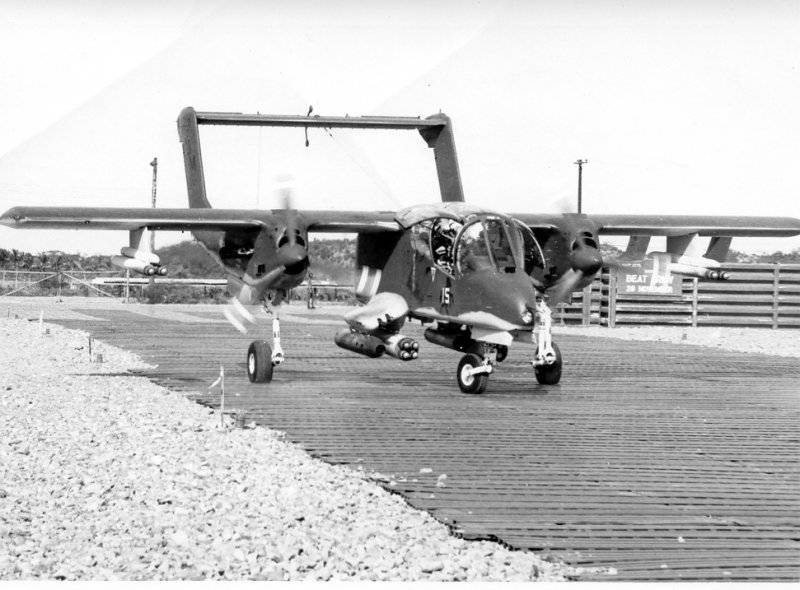
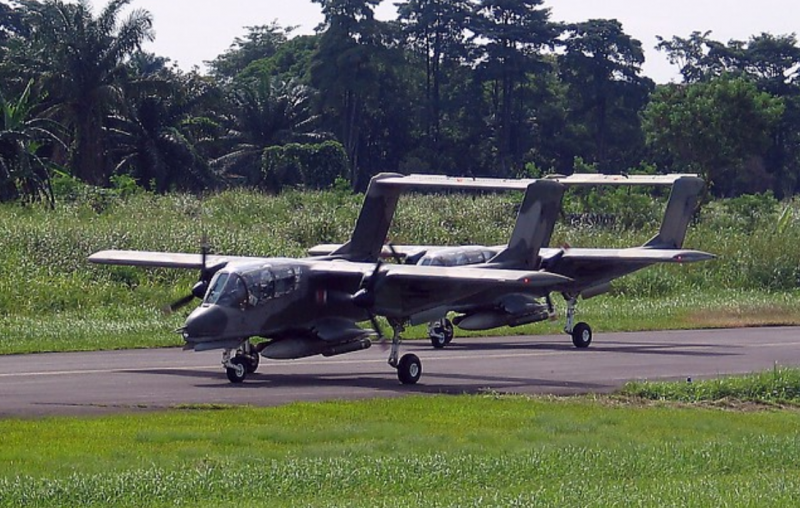
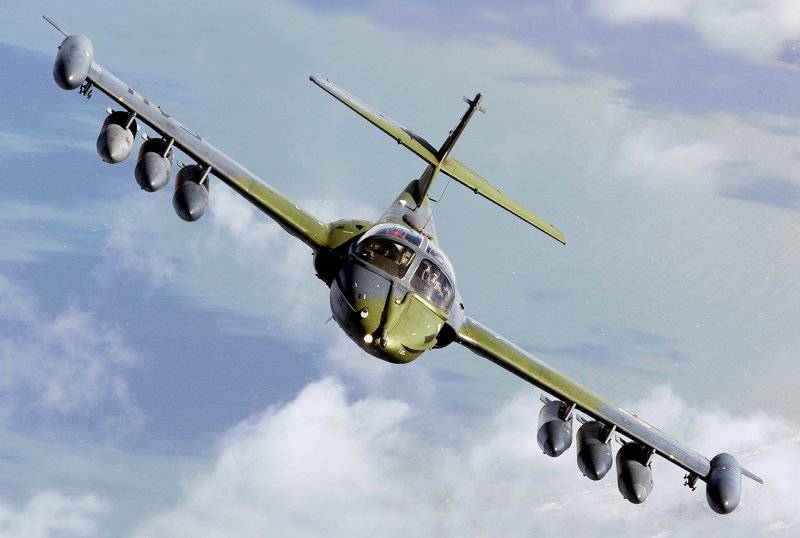
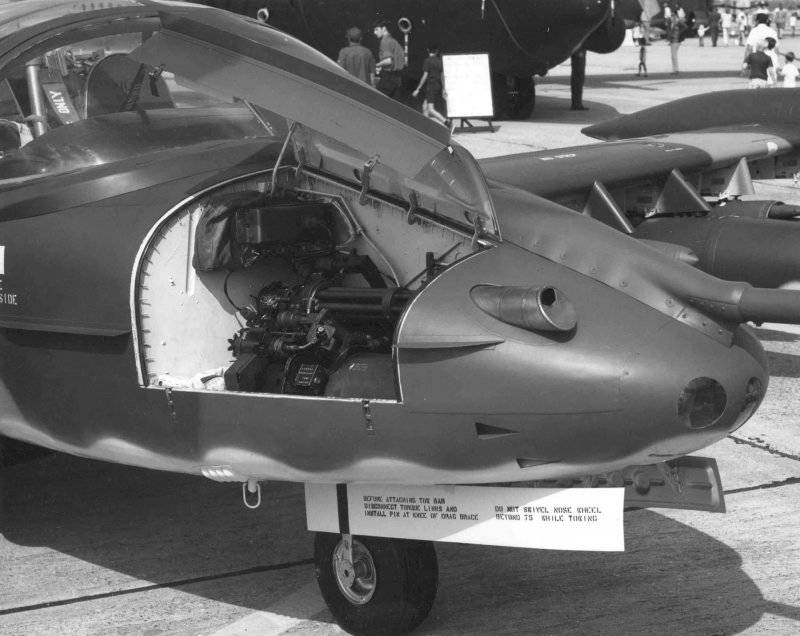
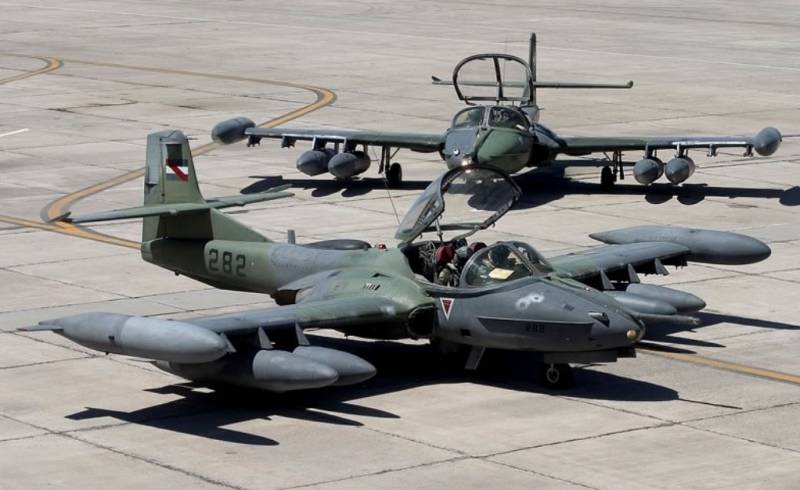
Information